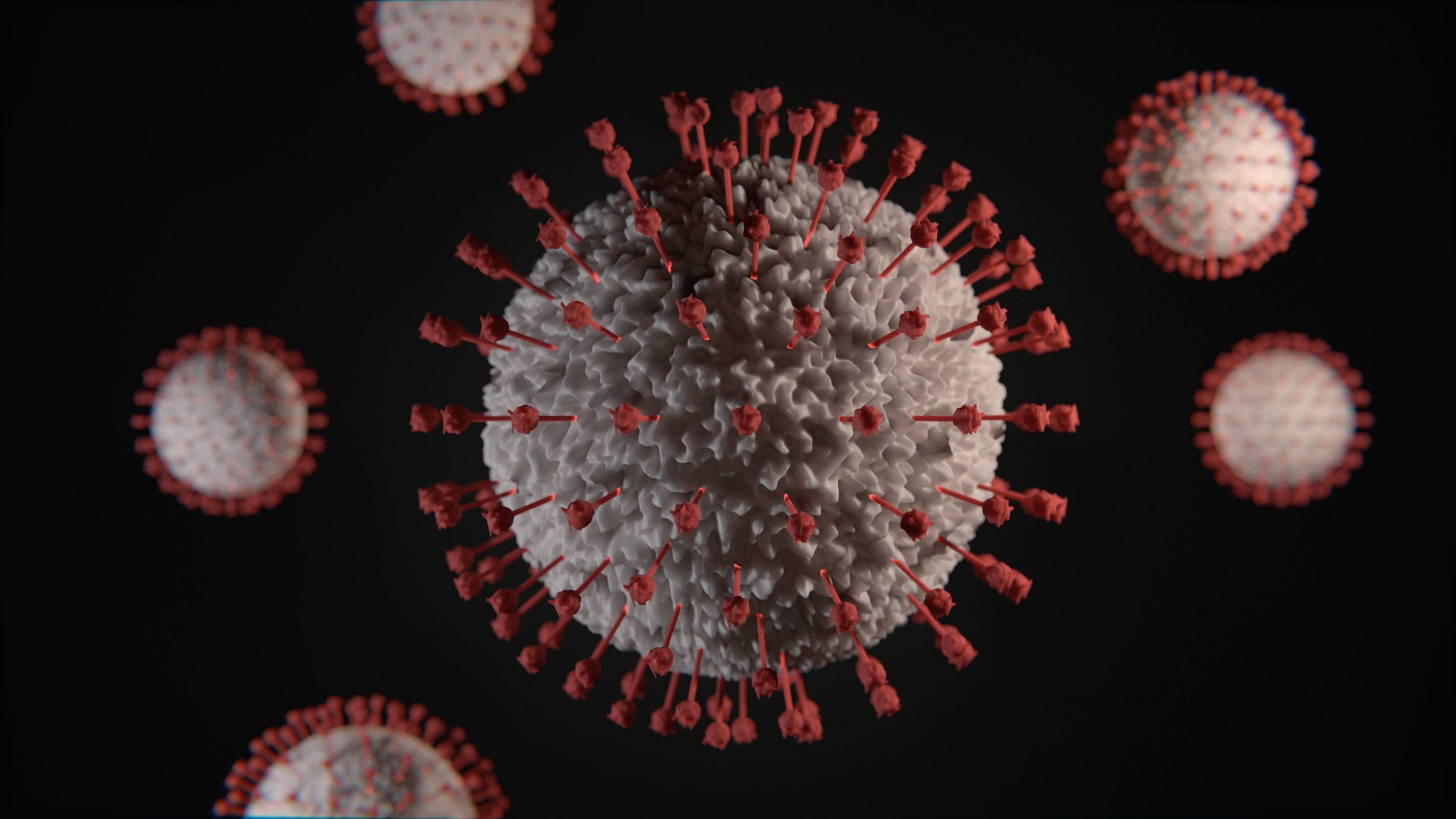The emergence of new coronavirus strains continues to be the cause of concern for scientists and health experts throughout the world. Out of all the discovered variants, the Delta variant of the virus is believed to be the most contagious and problematic of all. However, this does not rule out the possibility of the surfacing of other coronavirus variants.
Researchers have detected another new strain, R.1 variant, that has also lead to a small rise in virus cases in the United States. Though the strain has not yet been classified as a variant of concern yet, there has been a developed interest among scientists about the variant and they have urged people, especially in the US, to stay vigilant.
Also Read: All you need to know about bone death or avascular necrosis
In this article, you will find everything there is to know about the new R.1 variant of the coronavirus.
What is the R.1 variant of the coronavirus?
The R.1 variant is the new strain of the COVID-19 causing coronavirus. The variant was first discovered in Japan in 2020. Since its emergence, it has been detected in around 35 countries, including the United States of America.
The latest report suggests that the variant has infected more than 10,000 people worldwide.
A Morbidity and Mortality Weekly Report from the Centers for Disease Control and Prevention (CDC), found that the R.1 mutations have existed in the US since April 2021. Currently, the R.1 variant is not listed as a variant of concern or interest by the CDC or WHO.
Is the R.1 variant of the coronavirus, dangeorus?
According to CDC, the R.1 contains a combination of viral mutations. This means that apart from the potential escape mutations of the spike protein is the receptor-binding domain (E484K). The variant also contains W152L mutation in the N-terminal domain, a region of the spike protein that is the target of antibodies that could reduce the potency of the vaccine.
Also Read: 21st century pandemic vs 19th century tech: Can COVID kill the fax machine?
The 484 mutation leads to increased resistance to antibodies in convalescent sera and to neutralizing monoclonal antibodies. The E484K domain found in R.1 variant also exists in the Beta, Gamma, Eta, Iota, and Mu variants, which are termed as variants of concern.
This potency of the newly discovered variant has led scientists to believe that the mutations present in the R.1 variant make it capable enough to intrude the antibodies protection, even in people who have been fully vaccinated against the virus.







